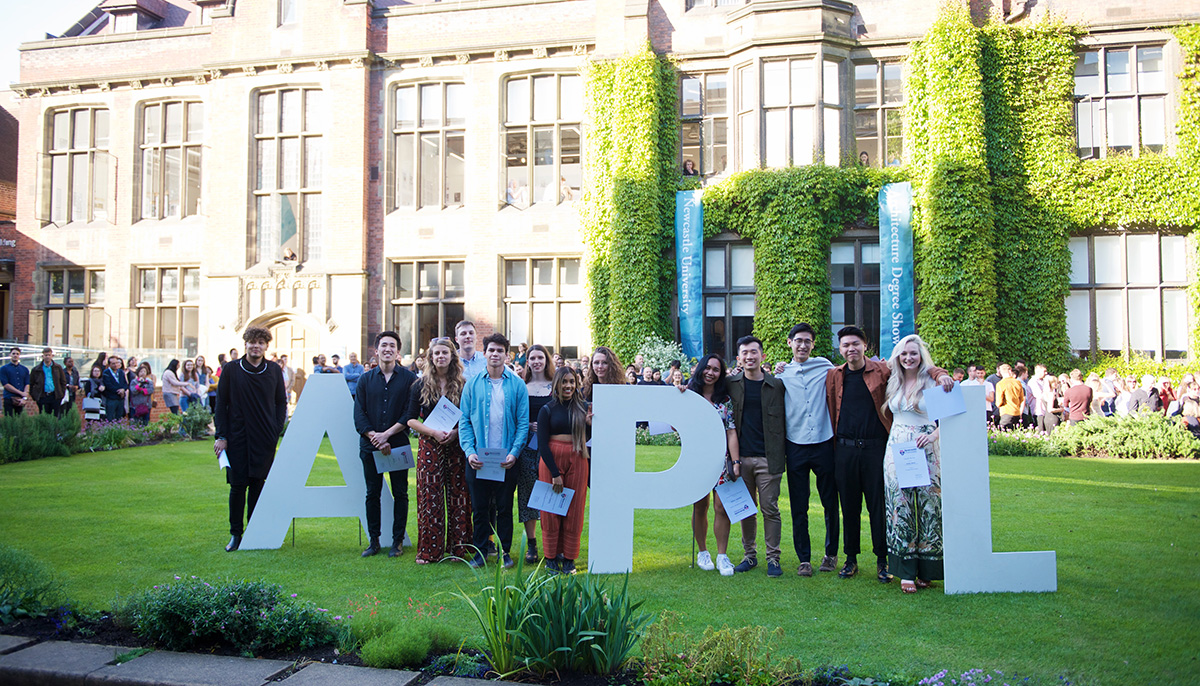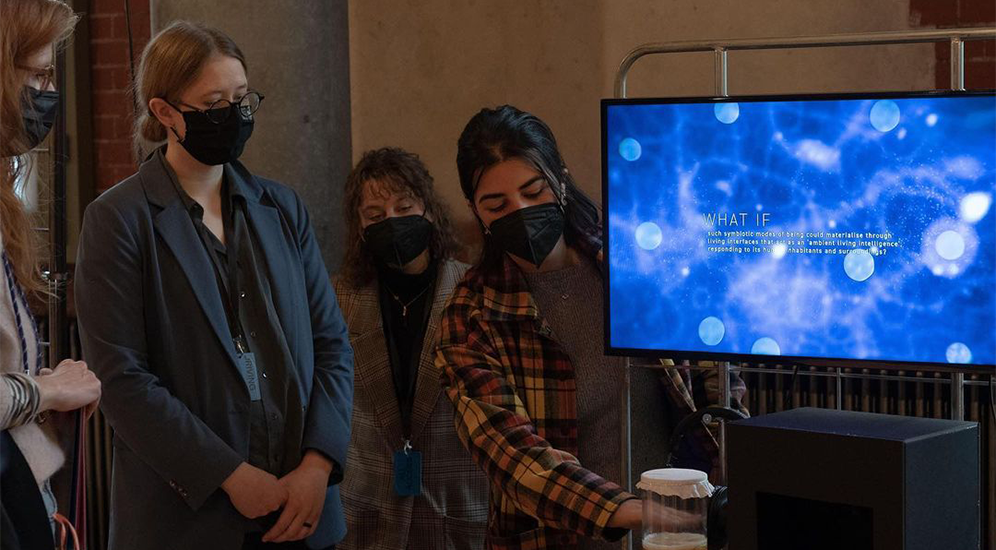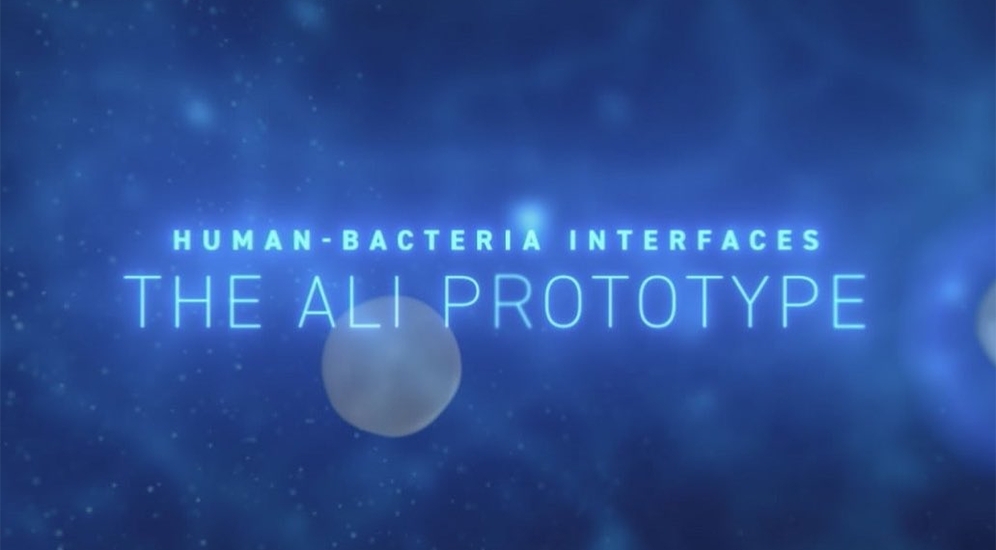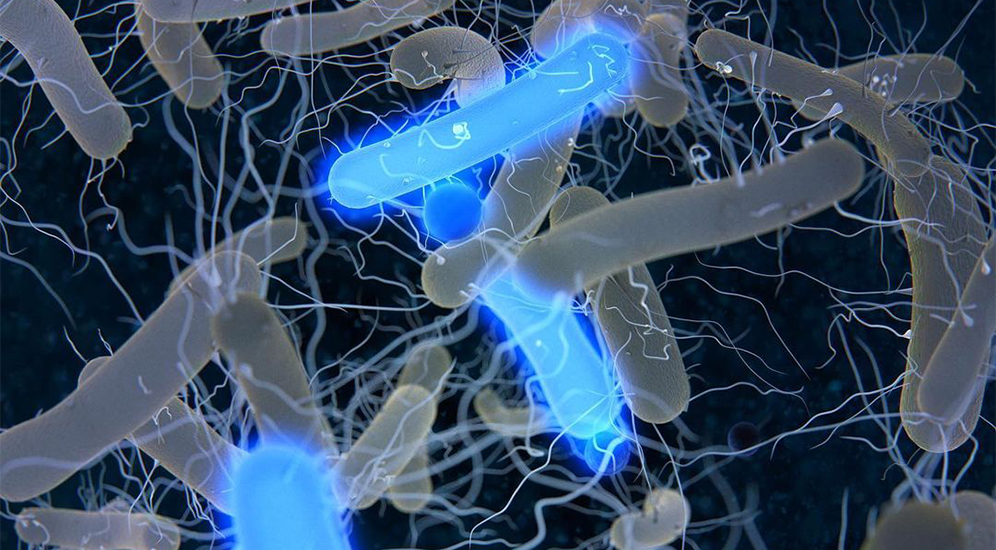HBBE Eco-social renewal
The team from the Hub for Biotechnology in the Built Environment have been selected as one of the seven final concepts
Congratulations to the group of four PhD researchers from HBBE; Anne-Sofie Belling (Creative Technologist), Bea Delgado Corrales (Microbiology), Romy Kaiser (Living Textiles) and Paula Nerlich (Living Textiles) whose concept Human-Bacteria Interfaces has been shortlisted as one of the seven final concepts in the Driving the Human project.
The team presented their concept at the Berlin Festival in October 2021 alongside another 20 teams, and are thrilled to have been selected to progress to the next stage. This will involve receiving funding to support the development of their prototype, participating in events with experts from the Driving the Human network, and presenting their project at the final exhibition in Berlin in November 2022.
Human-Bacteria Interfaces Concept
The project introduces the novel concept of Human-Bacteria Interfaces within the context of the built environment.
The Human-Bacteria Interfaces (HBI) concept examines how multimodal interactions between humans and microbes can elicit novel ways for humans to “meaningfully” collaborate and coexist with the nonhuman within the built environment. Specifically, HBIs are tangible, living interfaces consisting of microbial consortia that interact or respond to stimuli from their surroundings by emitting signals accessible to humans through touch, smell and sight. These living interfaces are envisioned as part of an “ambient living intelligence” as they respond and interact with the rhythm of its human inhabitants and surroundings.
HBIs are imagined encompassing a continuum of diverse potential implementations, however, the HBI prototype presented at the event in October, ALI (Ambient Living Intelligence), specifically focuses on using SCOBY, a symbiotic culture of bacteria and yeast, as a medium for HBIs to facilitate human-microbial interaction through external stimuli and light. This microbial mix is mostly embedded in a cellulose structure of bacterial origin, forming a jelly-like texture, which provides an interface for microbial communication and interaction. When ALI detects stimuli in its surroundings, it will respond by activating fluorescent proteins, resulting in an atmospheric glow, making an otherwise invisible interaction visible to the human inhabitant.
The ALI prototype was defined through a conversation with the ways in which microbial organisms sensorily and habitually engage with their surroundings. By making such elements a central part of the initial phase of ideation, potential nonhuman narratives were defined and made part of the design and knowledge process. Ways of living with nonhumans were therefore examined through an appreciation of the other’s alterity.
HBIs are examples of interspecies communication by leveraging the sensory ‘intelligence’ and reactive behaviour of microbes and making their response to a specific stimulus accessible for the human inhabitant to interact with and respond to. Through an ethos of care, reciprocal relations between human and nonhuman are at the core of this concept, materially interrogating humankind’s dependency and relations to the nonhuman world through the designed interfaces.
Sorry, you need JavaScript to view this video
Driving the Human is a catalyst for experimentation, shaping sustainable and collective futures that combine science, technology, and the arts in a transdisciplinary and collaborative approach.
From 2020 to 2023, the scientific and artistic collaboration Driving the Human will develop and produce seven tangible prototypes responding to complex contemporary scenarios. The project is jointly led by four partner institutions – acatech – National Academy of Science and Engineering, Forecast, the Karlsruhe University of Arts and Design and ZKM | Center for Art and Media Karlsruhe – and relies on the expert knowledge and skills of their combined networks. Together, these partners work to enrich the various developments and outcomes of the initiative.
Following its first public presentation in November 2020, Driving the Human launched an open call, inviting participants – designers, artists and other multidisciplinary agents – to develop future-proof concepts and test them as prototypes. The seven final prototypes can materialize in different ways: from walk-in room installations to designed objects, architectural mock-ups to interactive games, video works to performances, and many others.
Throughout 2023, the community of participants, experts, and the larger audience that Driving the Human brings together will explore diverse phenomena such as the social impact of global warming, energy cycles and technology-driven disruptions, the impact of collective decision making, and contemporary processes of exchanging values and objects. The results of these explorations will be shared and communicated over the project’s three-year duration, and will deploy strategies for action in the form of physical experiences, with a strong individual and collective impact.




